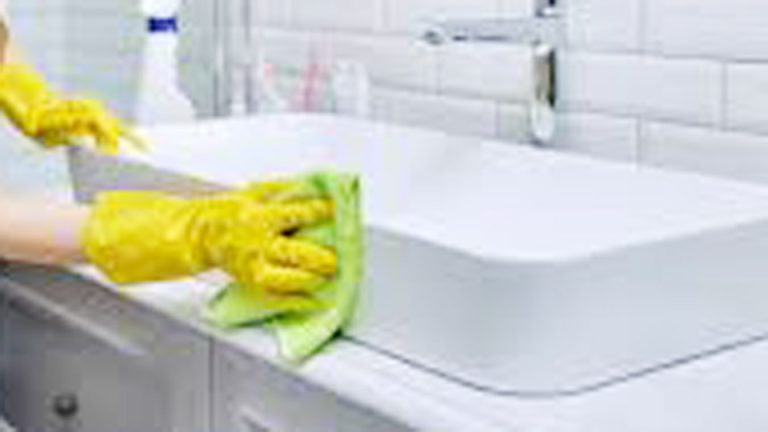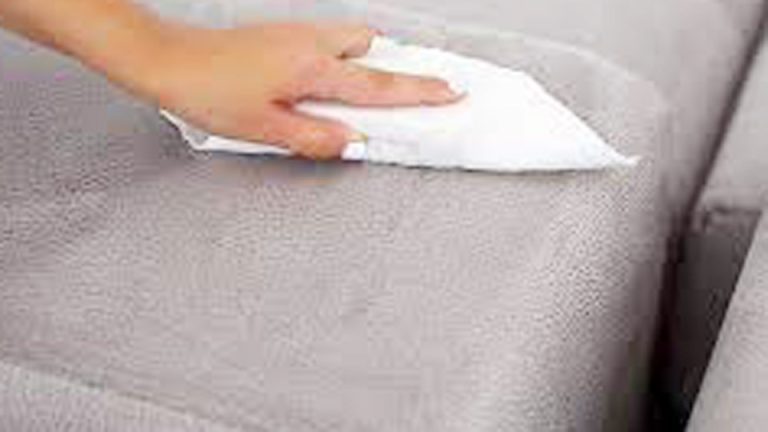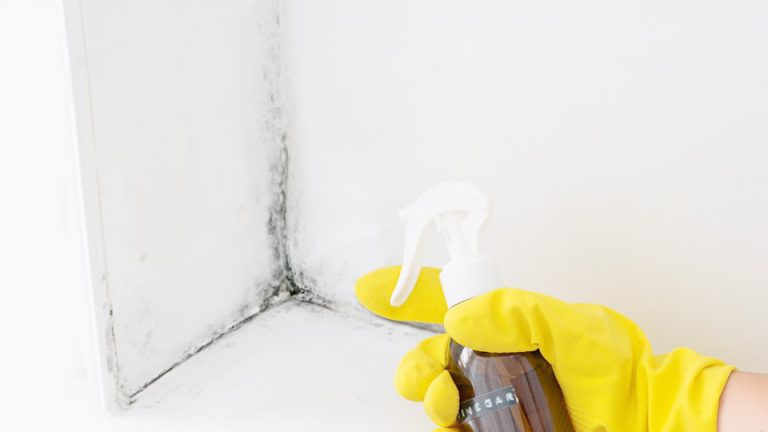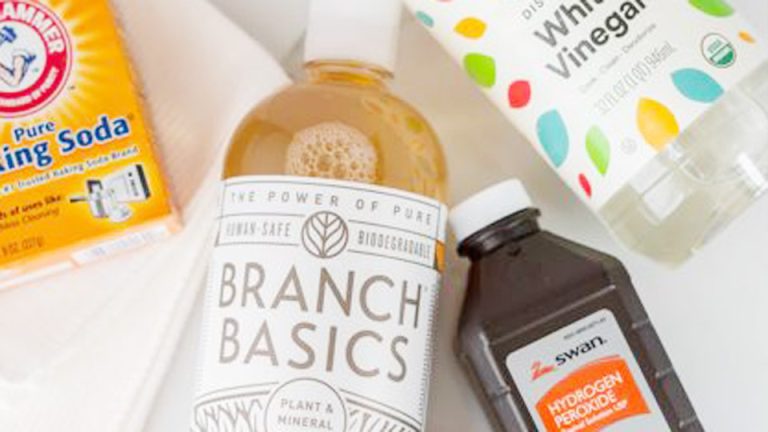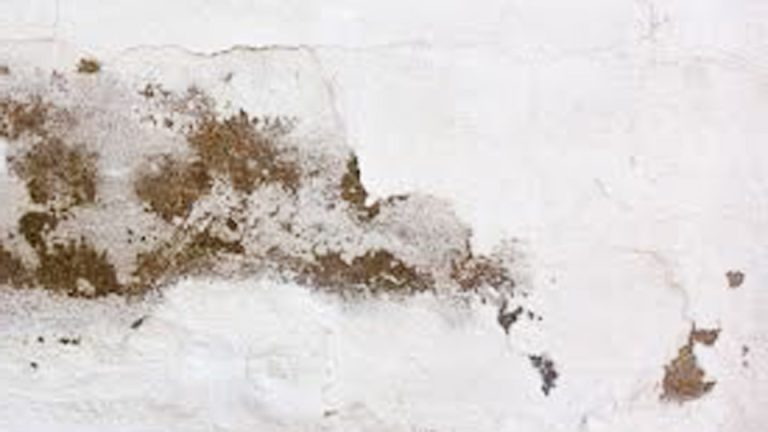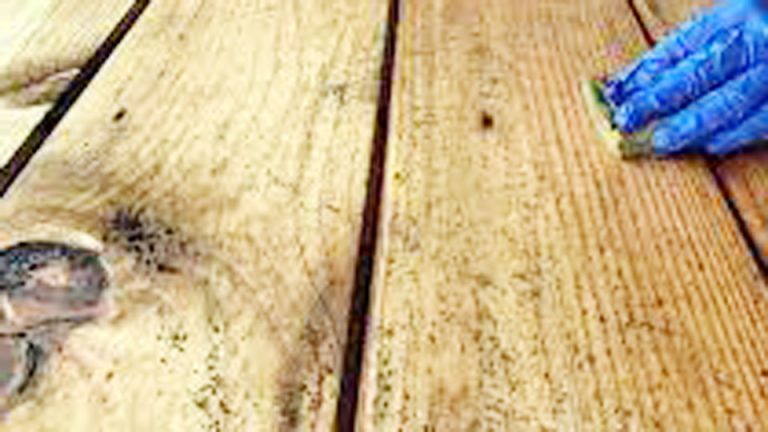Spilling something on your carpet can feel like a small disaster, especially when you’re staring at a fresh coffee stain or a muddy paw print on your favorite rug. As a home cleaning expert who’s tackled countless carpet messes over the years, I’ve come to rely on the dynamic duo of baking soda and vinegar for spot cleaning.
But one question I hear all the time is, Will baking soda and vinegar bleach carpet? It’s a valid concern—nobody wants to trade a stain for a faded patch!
I’ve used this method on everything from plush shag to delicate wool carpets, and I’m here to share my experiences, answer that burning question, and walk you through how to use these household staples safely and effectively. Let’s dive in with a friendly, no-stress guide to keeping your carpets spotless without risking their color.
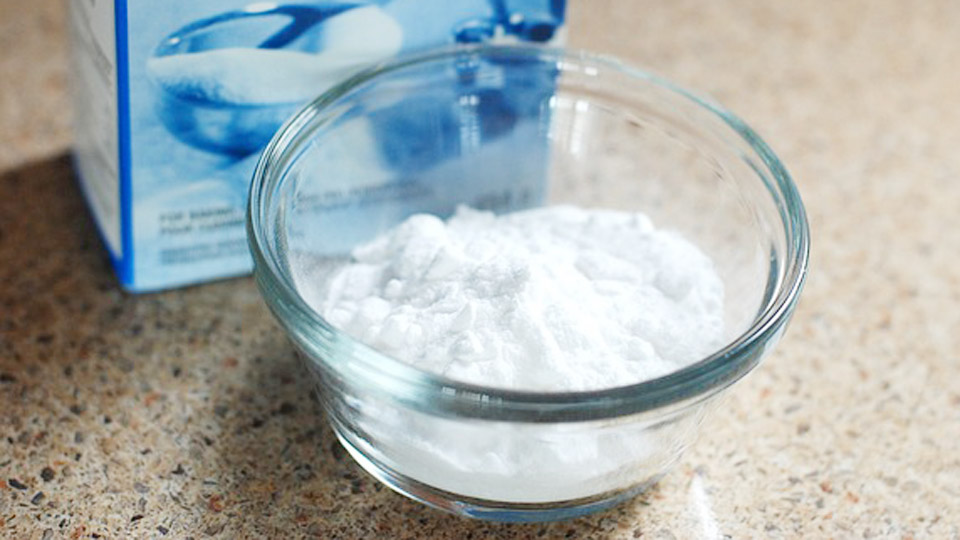
Image by endoftenancycleaningnearme
Why Baking Soda and Vinegar Are My Go-To for Carpet Cleaning
I discovered the magic of baking soda and vinegar years ago when I spilled red wine on my living room carpet during a dinner party. Panicked, I grabbed these pantry staples, and they worked wonders! Baking soda is a gentle abrasive that lifts stains and neutralizes odors, while vinegar’s acetic acid breaks down tough messes like grease or pet stains.
They create a fizzy reaction that pulls stains out of carpet fibers like a charm. They’re affordable, eco-friendly, and safe for most homes, which is why I always keep them in my cleaning caddy. But the big question—Will baking soda and vinegar bleach carpet?—depends on how you use them and your carpet type.
Understanding Your Carpet’s Sensitivity
Before we dive into cleaning methods, let’s talk about your carpet. I’ve cleaned all sorts of carpets, from durable synthetics to delicate wool, and each one reacts differently to cleaning solutions. Here’s a quick look at common carpet types and how they handle baking soda and vinegar:
Wool Carpets: These are sensitive to acidity and moisture. I’ve learned that too much vinegar or prolonged exposure can sometimes cause fading or fiber damage.
Synthetic Carpets: Nylon and polyester are more resilient, making them less likely to bleach or fade with proper use of baking soda and vinegar.
Berber or Loop-Pile Carpets: These are prone to snagging, so you need to be gentle to avoid damaging the loops.
Light-Colored Carpets: These show residue or fading more easily, so thorough rinsing is key to keeping them bright.
Knowing your carpet type helps you use baking soda and vinegar safely. If you’re unsure, check the care label or test a small, hidden area first—I always do this to avoid any mishaps.
Will Baking Soda and Vinegar Bleach Carpet?
So, let’s get to the heart of it: Will baking soda and vinegar bleach carpet? In my experience, when used correctly, baking soda and vinegar are unlikely to bleach most carpets. Baking soda is a mild, non-bleaching agent, and white vinegar, when diluted properly, is generally safe for carpet colors. However, there are a few scenarios where you need to be cautious:
Undiluted Vinegar: Straight vinegar is too acidic and can weaken or fade delicate fibers, especially on wool or natural carpets.
Prolonged Exposure: Leaving vinegar on for too long (like overnight) can increase the risk of fading or residue buildup.
Low-Quality Dyes: Some cheaper carpets have dyes that aren’t colorfast, and any cleaning solution, including vinegar, could cause fading.
Overuse of Baking Soda: If not rinsed properly, baking soda can leave a powdery residue that dulls the carpet’s appearance over time.
I’ve used this combo on countless carpets without bleaching, but I always dilute the vinegar, rinse thoroughly, and test first on delicate or brightly colored carpets. Let’s walk through how to use these ingredients safely to clean stains without risking your carpet’s vibrancy.
Step-by-Step Guide to Spot Cleaning with Baking Soda and Vinegar
Here’s my tried-and-true method for spot cleaning carpets with baking soda and vinegar. I’ve used this on everything from coffee spills to pet accidents, and it’s a lifesaver when done right.
Blot the Stain Immediately
The second a spill happens, grab a clean white cloth or paper towels. I keep a stack of old washcloths in my kitchen for moments like these. Blot the stain gently—never rub, as that pushes the mess deeper into the fibers.
Keep blotting until you’ve soaked up as much liquid as possible. I once spilled a latte on my beige carpet, and quick blotting made all the difference.
Apply a Diluted Vinegar Solution
Mix one part white vinegar with one part cold water in a spray bottle. I stick to this 1:1 ratio because it’s effective but gentle enough for most carpets. Lightly spritz the stained area—don’t soak it, as too much liquid can lead to mold or mildew.
Let the solution sit for 5-10 minutes to break down the stain. For greasy stains, like pizza sauce, I sometimes add a drop of mild dish soap to the mix for extra power.
Sprinkle Baking Soda
Now for the fun part! Sprinkle a thin layer of baking soda over the damp stain. You’ll see it fizz as it reacts with the vinegar—this is what lifts the stain. I let it sit for 5-10 minutes, but never longer than 30 minutes to avoid residue issues. If the stain is tough, I gently work the baking soda in with a soft-bristled brush, being careful not to damage the fibers.
Blot and Rinse Thoroughly
After the fizzing stops, blot the area with a clean cloth to lift the stain and baking soda. You might need to repeat the vinegar and baking soda steps for stubborn stains—I’ve done this for red wine spills, and it’s worth the effort.
Once the stain is gone, rinse by spritzing with cold water and blotting thoroughly to remove any residue. I learned early on that skipping the rinse can leave a sticky or powdery mess that attracts dirt.
Dry the Carpet Completely
Press a dry towel over the area to absorb moisture. I sometimes place a heavy book on the towel for an hour to soak up every last drop. Set up a fan or open a window to speed up drying, as damp carpets can develop mold. Once dry, vacuum the area to fluff up the fibers. Your carpet should look vibrant and stain-free!
Handling Set-In Stains Safely
Old, dried stains are trickier, but baking soda and vinegar can still work wonders. I once found a dried juice stain under my daughter’s play mat, and this method saved my carpet.
Soften the Stain
Start by lightly dampening the stain with cold water using a spray bottle. This loosens the dried mess. Then, sprinkle a generous layer of baking soda over the stain. I love baking soda for its ability to absorb odors and break down caked-on stains. Let it sit for a few minutes to start working.
Apply Vinegar and Let It Work
Spritz your 1:1 vinegar-water solution over the baking soda. The fizzing reaction helps lift the stain. I let it sit for 15-20 minutes for tough stains, but I avoid leaving it longer to prevent any risk of fading or residue. If the stain is greasy, like from makeup, I add a drop of dish soap to the vinegar mix.
Blot and Rinse
Blot the area with a clean cloth to lift the stain and residue. You might need to repeat the process a couple of times—I’ve done this for old pet stains, and patience pays off. Rinse with cold water and blot thoroughly to remove all baking soda and vinegar. This step is crucial to avoid dulling your carpet’s color.
Dry Thoroughly
Dry the area with a towel, using pressure to soak up moisture. A fan helps speed up drying, especially for thick carpets. Vacuum once it’s dry to restore the carpet’s texture. Your carpet will look fresh and vibrant!
Comparing Baking Soda and Vinegar to Other Cleaning Solutions
Baking soda and vinegar are fantastic, but they’re not the only options for carpet stains. Here’s a table comparing them to other household solutions I’ve used:
| Cleaning Solution | Pros | Cons | Best For |
|---|---|---|---|
| Baking Soda + Vinegar | Natural, effective on organic stains, odor-neutralizing | Needs rinsing to avoid residue, vinegar smell during use | Coffee, wine, pet stains |
| Dish Soap + Water | Cuts grease, safe for most carpets, readily available | May leave residue if not rinsed, less effective on odors | Grease, food stains |
| Club Soda | Good for fresh spills, minimal residue | Less effective on set-in stains, doesn’t tackle odors | Fresh spills, light stains |
| Hydrogen Peroxide | Great for tough stains, can lighten some marks | Risk of bleaching, not safe for all carpets | Blood, tough organic stains |
Baking soda and vinegar are my top choice for most stains because they’re safe and versatile, but for greasy messes, dish soap might be a better starting point.
Tips for Avoiding Bleaching or Damage
To ensure baking soda and vinegar don’t bleach or harm your carpet, here are my top tips:
Always Dilute Vinegar: Use a 1:1 ratio with water to reduce acidity. I never use straight vinegar, as it’s too harsh for most carpets.
Test First: Dab a small amount of the solution on a hidden area and check for fading after 10 minutes. I do this every time I clean a new carpet.
Rinse Thoroughly: Baking soda and vinegar can leave residue that dulls your carpet if not rinsed out. I rinse twice for light-colored carpets.
Limit Soak Time: Keep vinegar soaks to 10-20 minutes to avoid prolonged exposure. I set a timer to stay on track.
Dry Completely: Moisture is the enemy of carpets, so use towels and a fan to dry thoroughly. I once skipped this and ended up with a musty smell!
Carpet Type Considerations
Different carpets need different care when using baking soda and vinegar. Here’s how I adjust my approach:
Wool Carpets
Wool is delicate, so I use a weaker vinegar solution (1:2 with water) and limit soak time to 10 minutes. I also rinse extra carefully to avoid residue or fading.
Synthetic Carpets
Nylon and polyester are durable, so the standard 1:1 vinegar solution works well. I just make sure to dry thoroughly to prevent mold in the padding.
Berber or Loop-Pile Carpets
These snag easily, so I skip the brush and rely on blotting. A short 10-15 minute soak is usually enough to lift stains without damage.
Light-Colored Carpets
Light carpets show residue or fading more, so I rinse twice and sometimes sprinkle a bit of baking soda before vacuuming to keep them bright.
Preventing Stains Before They Happen
Once your carpet is clean, you’ll want to keep it that way. Here are my favorite preventative tips:
Act Fast on Spills
The sooner you tackle a spill, the less likely it is to set. I keep a cleaning caddy with cloths, vinegar, and baking soda near my living room for quick action.
Use Washable Mats
Place mats in high-spill areas, like near coffee tables or entryways. I have a cute runner by my couch that’s saved my carpet countless times.
Apply a Carpet Protector
A spray like Scotchgard creates a stain-resistant barrier. I apply it every six months, and it makes cleaning so much easier.
Vacuum Regularly
Vacuum weekly to prevent dirt from mixing with spills and creating tougher stains. I also sprinkle baking soda monthly to keep odors at bay.
Extra Cleaning Hacks I Love
Here are a few tricks I’ve picked up over the years to make carpet cleaning easier:
Ice for Sticky Spills: For gum or candy, place ice cubes on the spot to harden it, then scrape gently before using baking soda and vinegar.
Odor Neutralizer: Sprinkle baking soda on pet stains, let it sit for 10 minutes, then vacuum. It’s a lifesaver for unexpected messes.
DIY Stain Spray: Keep a spray bottle with a 1:1 vinegar-water mix in your caddy for instant spot cleaning.
You’re Ready to Clean with Confidence!
Using baking soda and vinegar to clean your carpet doesn’t have to be a gamble, and now you know the answer to Will baking soda and vinegar bleach carpet?—with proper care, they’re safe and effective for most carpets. I’ve used these methods to save carpets from all sorts of spills, and they’ve never let me down.
With my step-by-step guide and a little caution, you can tackle stains like a pro and keep your carpets looking vibrant. Your home deserves to shine, and you’ve got the tools and know-how to make it happen.
Frequently Asked Questions
Can baking soda and vinegar fade colored carpets?
When diluted properly and rinsed thoroughly, baking soda and vinegar are unlikely to fade most carpets. I always test a hidden area first, especially on bright or delicate carpets, to be safe.
How long should I let baking soda and vinegar sit on my carpet?
I recommend letting the solution sit for 10-20 minutes to lift stains. Longer than 30 minutes can increase the risk of residue or fading, so I set a timer to stay on track.
Will this method work on pet stains without bleaching?
Yes, baking soda and vinegar are great for pet stains and odors. I use a 1:1 vinegar solution, rinse well, and dry thoroughly to avoid any bleaching or residue issues.
What if my carpet looks dull after cleaning?
Dullness usually means leftover residue. I rinse the area with cold water, blot thoroughly, and vacuum. A sprinkle of baking soda before vacuuming can restore brightness.
Is it safe to use baking soda and vinegar on wool carpets?
Wool is delicate, so I use a weaker vinegar solution (1:2 with water) and limit soak time to 10 minutes. Rinsing and drying thoroughly prevents any risk of bleaching or damage.

